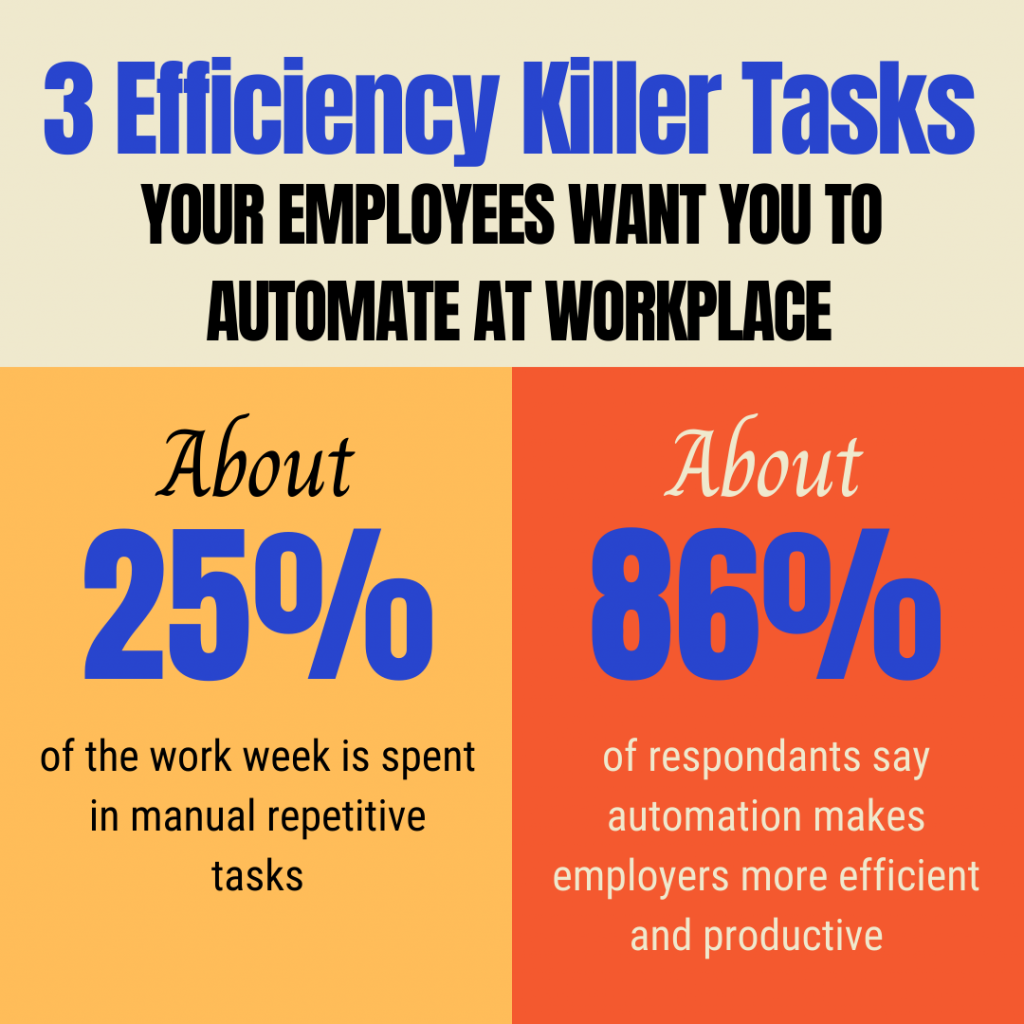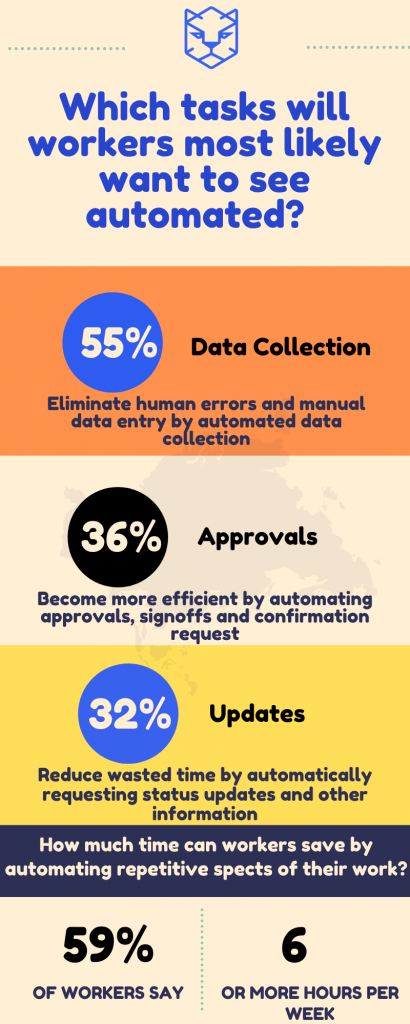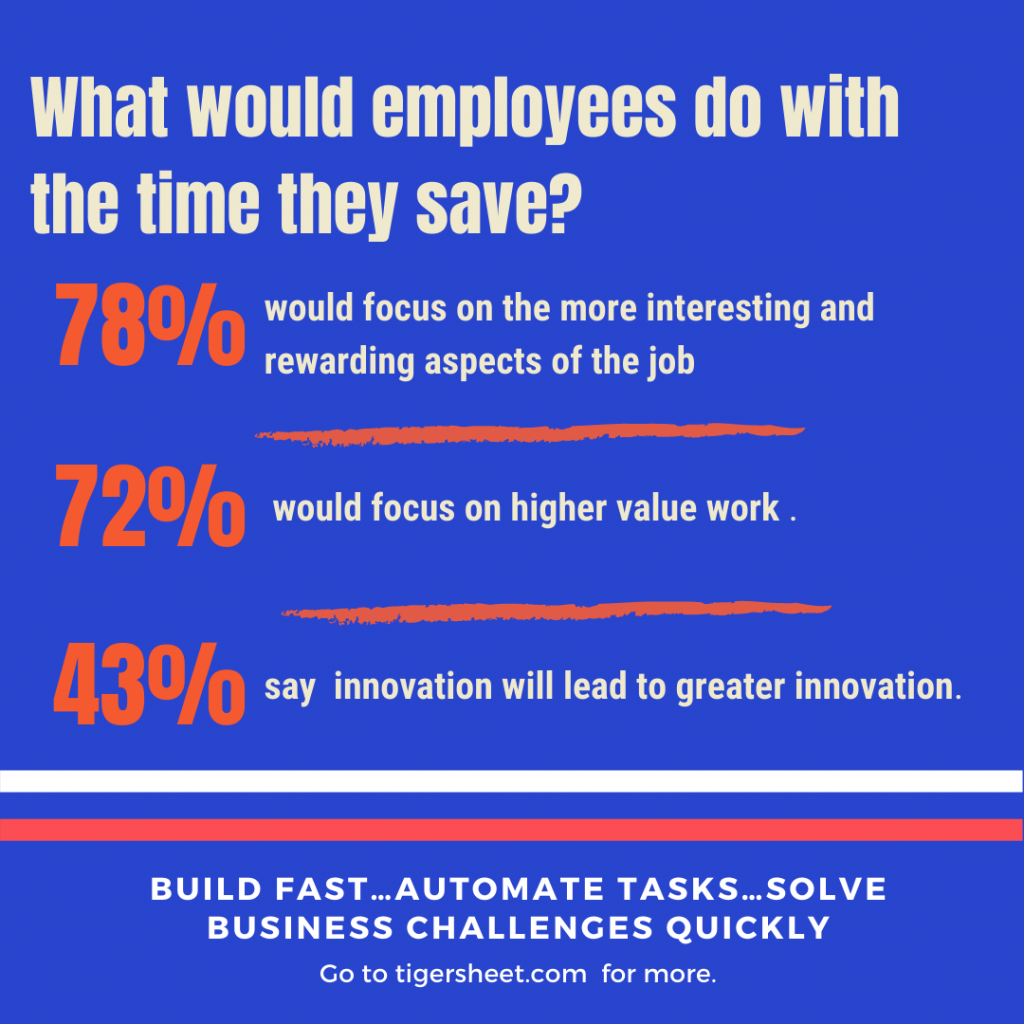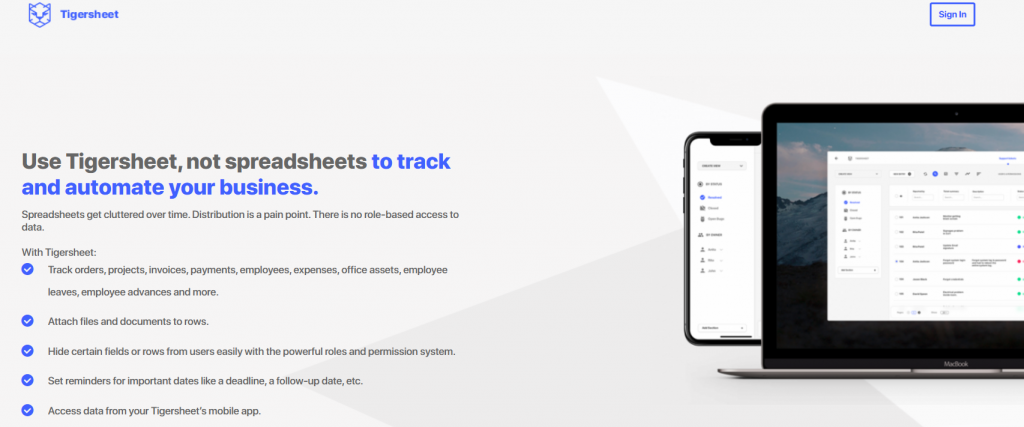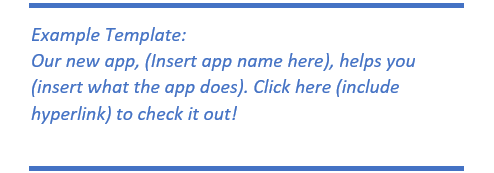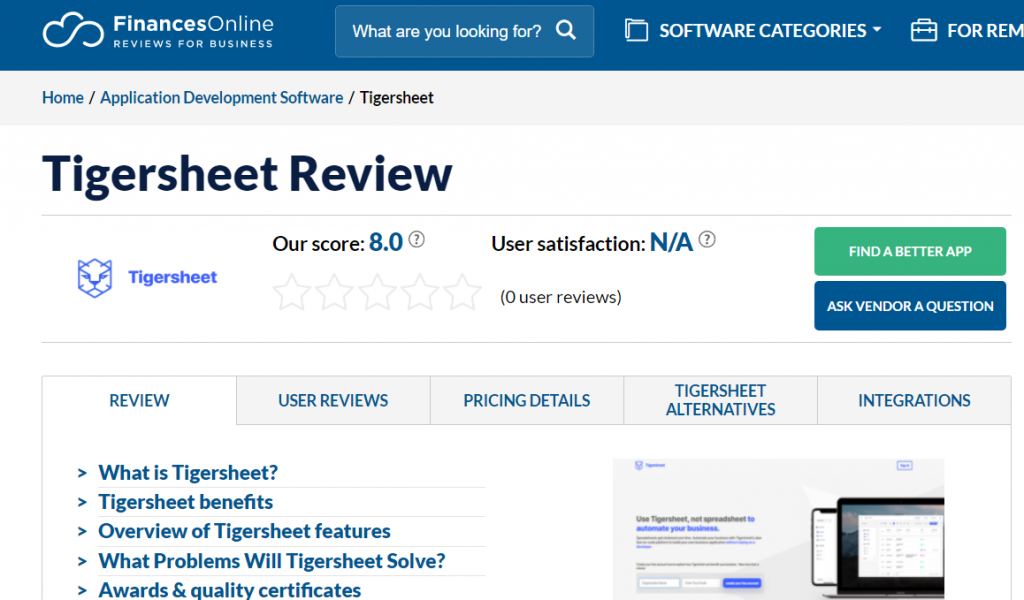An employee should be aware that he/ she is legally and constitutionally safeguarded against certain things and that a healthy work environment is a right of theirs.
An employer should be aware that he/ she is legally and constitutionally bound to take care of these things when hiring people.
Below is a comprehensive list of all the facets of private employment that are covered by the law.
Employment Agreement
Every employee is entitled to receive an employment agreement when they join a company.
This document clearly states the designation, working hours, expectations that the employer has of the employee, what qualifies for a dispute or conflict, what might happen should a dispute arise, and the various leaves an employee is entitled to.
The purpose of the agreement is to bring the employer and the employee on the same page and make the terms of employment clear before work commences.
It is the right of the employee to know what he/ she is exactly getting into before they commit to the job. Securing an employment agreement and making sure it is not one-sided, is of paramount importance when beginning to work somewhere.
Basic rights
As written under The Factories Act, each and every employee, no matter, where they work, are entitled to a set of basic rights relating to health and safety at the workplace as part of a good working environment.
It is the responsibility of the employer to ensure these the basic amenities for the same are in place. If the workplaces are hazardous like construction or mining sites, proper safety equipment has to be provided.
If the employer fails to create a safe and healthy working environment and the employee(s) suffer because of it, the employer will have to pay a compensation as regulated under The Employees Compensation Act.
The basic rights of the employees relate to cleanliness, drinking water, disposal of waste, washrooms, ventilation, and lightning.
Rights during probation
While an employee is on probation, the employer has the right to terminate their employment on the grounds of unsatisfactory work or unsuitability for the profile with a prior notice for the same.
The employee can also ask for an inquiry if the reason for termination is other than unsatisfactory work.
The normal probationary period is about 6 months. It can be extended to 3 more months. However, the maximum period cannot be more than 2 years.
Protection from sexual harassment
This protection is guaranteed under the Sexual Harassment of Women at Workplace (Prevention, Prohibition, and Redressal) Act, 2013. Under the Indian Penal Code, if accused of sexual harassment, the offense is punishable with up to three years of imprisonment, with or without a fine.
The Act stipulates that if an organization has 10 or more employees, an Internal Complaints Committee has to be formed which will address cases of sexual harassment. This committee is mandatory to be made at all branches and units of an organization. This committee should include:
- A woman who is employed at the senior level and will be the Presiding Officer
- Not more than 2 other employees who are committed to the cause of women safety or who have appropriate legal and/or social knowledge
- A person belonging to a non-governmental organization (NGO) committed to the cause of women or is familiar with issues related to sexual harassment
A general list of the offenses as given in the official document of ‘Sexual Harassment of Women at Workplace (Prevention, Prohibition, and Redressal) Act, 2013’ would include:
- Physical contact and advances
- A demand or request for sexual favors
- Making sexually colored remarks
- Showing pornography
- Any other unwelcome physical, verbal, or non-verbal conduct of sexual nature
Even though it is a legal requirement that any workplace with more than 10 employees, implement the law, a lot of MNCs and Indian companies are still negligent in enforcing it.
Minimum wage
Under the Minimum Wages Act, each employee in India is guaranteed to a minimum wage which allows the person to sustain their lifestyle and avail the necessary amenities.
Any wage below the minimum wage is a violation of Article 23 of the Constitution. If any person is forced to work under the minimum wage, it is termed as forced labor which is not permissible under the same Article.
As given in the official document for The Minimum Wages Act, 1948, different minimum rates may be fixed for:
- Different types of employment
- Different classes of work under the same type of employment
- Adults/ adolescents/ children, and apprentices
- Different localities
Both the central and state government fix the minimum wage according to the following factors:
- Region
- Cost of living
- Type of work
- Working hours
- How much the employer can pay
For 2018, the different minimum wages for different states in India can be checked here.
Timely salary
First off, men and women have to be paid equally i.e. there is equal pay for equal work.
This is guaranteed under The Act of Equal Remuneration, 1976, whereby equal wages are paid to employees irrespective of their physical strength.
Secondly, The Payment of Wages Act stipulates that an employee has to be paid his remuneration in a timely manner. If this doesn’t happen, the employee can approach the Labour Commissioner or file a civil suit. For employees whose salaries are above Rs. 18,000, civil action can be taken against the employer.
Bonus
According to The Payment of Bonus Act, 1965, any factory or organization which is at least 5 years old and employs 20 or more employees in any accounting year is legally bound to pay a bonus to its employees. The bonus will be paid even if the number of employees falls below 20 eventually.
Any employee whose salary is Rs. 21,000/- or less per month, and who has worked for more than 30 days in any accounting year is eligible for a bonus.
Now, there are 2 ways in which an employee can gain a bonus:
- The company made a profit that year
- The employee is in agreement with the employer to be paid a bonus on the basis of his/ her productivity.
In the first scenario, the minimum bonus to be paid is 8.33% of 7,000 or 8.33% of the minimum wages (whichever is higher). The maximum bonus will be 20% of 7,000 or 20% of the minimum wages (whichever is higher).
In case of the second scenario, the minimum amount of bonus has to be 8.33% of the annual salary whereas the maximum amount can be 20% of the annual salary in that accounting year.
The bonus has to be paid within 8 months of completion of an accounting year.
Any employee who has been dismissed from service because of:
- Fraud
- Violent behavior on the premises of the company
- Stealing or sabotage of any company property
Will be exempt from receiving the bonus under this Act.
Working hours and overtime
As written under The Minimum Wages Act, 1948, if an employee works more than the normal working hours, the employer shall pay him for every hour or part of the hour for which he/ she worked overtime. The overtime rate will be as fixed according to the Act or another law of an appropriate Government, whichever is higher.
Each employee is entitled to one day of rest per week. The organization will pay remuneration for the same.
If an employee works on this day of rest as well, payment will be made at a rate not less than the overtime rate. If, on the other hand, an employee works less than the normal working hours, he/she will be paid as if he/she had worked a full normal working day. The payment will not be applicable if:
- He/ she does not work out of an unwillingness to work and not because the employer hasn’t assigned any work
- Other circumstances as may be decided upon beforehand
Leaves
The leave policy for each company has to be framed according to the State legislation and rules.
Each state provides at least 7 holidays for national and state-specific festivals. It is mandatory to grant leave to employees on the 3 national holidays of the country- Republic Day (Jan 26), Independence Day (Aug 15), and Gandhi Jayanti (Oct 2). The rest of the national and festival holidays are at the discretion of the company.
There are a variety of other leaves that an employee is entitled to:
Casual leave- these leaves are kept aside for unforeseen circumstances when an employee might have to attend to some urgent matters at hand. Normally, a company grants up to 3 days of casual leaves per month. If there are no sick leaves, then the casual leaves can be taken for medical purpose.
Privilege leaves/ earned leaves- these leaves are carried over from the previous year and are enjoyed by the employee in the current or following years. Privilege leaves can be carried forward for upto three years. These can also be taken in lieu of sick leaves if an employee doesn’t have any sick leaves in balance. If an employee has outstanding earned leaves at the time of leaving a job, then these can be encashed.
Compensatory leave- these leaves can be taken by the employee if he/ she comes to work during official off days.
Leave without pay- if an employee does not have any leftover leaves in his account, then he/ she may take a leave but his wages for that day will be deducted from the monthly salary. The company may, however, decide to grant a paid leave to the employee on the discretion of the management.
Gratuity
Gratuity is regulated by The Payment of Gratuity Act, 1972. It is the employer’s way of thanking his/ her employee for the service rendered by them. The employee in no way contributes to the gratuity amount. It is a lump sum given by the employer to the employee in case of any of the following:
- Retirement
- Resignation
- Inability to carry on work due to disability
- Death (gratuity is paid to the employee’s nominees)
- Superannuation
The amount of gratuity paid depends on the number of years that the employee has served in the company. The minimum number for the same is 5. It is paid as 15 days of salary for every year of the employee’s service and is calculated as follows:
Gratuity= Last month salary x 15 working days x No. of years of service
26 working days
According to the latest 2018 amendment, the amount of gratuity should not exceed Rs. 20,00,000/-.
Gratuity is forfeited in case of misconduct on the employee’s part and his/ her resulting termination. The employee’s misconduct should have been intentional and should have caused financial damage to the employer. Even then, the gratuity shall be forfeited to the extent of the damage caused.
Provident fund
The provident fund is a retirement and long-term savings scheme. The Employees Provident Fund Organization of India (EPFO) manages provident fund for all employees receiving a salary in India. Any organization with more than 20 employees has to register with the EPFO.
Both the employees and the employer contribute equally- i.e. 12% of their salary- to the EPF.
Complete or partial withdrawals can be made in case of the following:
- House construction
- Medicare
- Home loan repayment
- Home renovation
- Marriage
- Education expenses
- Retirement
- Immigration abroad
However, there is only a specific amount that can be withdrawn and that is subject to the number of years that the service is rendered.
You can only opt out of the scheme at the start of your career. Once you deposit money in the PF, there is no option of backing out.
When it comes to withdrawal, money from the PF cannot be withdrawn during employment. It may be withdrawn only after retirement. If withdrawals are made before completion of 5 years of service, the withdrawn amount will be taxed.
However, in the case of unemployment before retirement, the EPF account holder can withdraw funds. In this case, 75% of the PF can be withdrawn after 1 month of unemployment while the remaining 25% can be claimed after 2 months of unemployment. Or, if the person manages to get another job, the remaining 25% can be transferred to the new EPF account.
Parental leaves
The Maternity Benefit Act, 1961, deals with maternity pay for women in India.
The duration of maternity leave is now 26 weeks. Out of these, a maximum of 8 weeks can be taken for pre-natal leave. Surrogate, adoptive, and commissioning mothers can also get maternity leave, though, the duration would vary.
First off, pregnant females cannot be dismissed from service on the grounds of their pregnancy.
If dismissed, they can still claim maternity benefits.
No employer shall employ a woman during the six weeks immediately following her pregnancy or miscarriage. No woman herself shall work anywhere during the six weeks immediately following her pregnancy/ miscarriage.
Child care leave and paid paternal leave are at the discretion of the employer in the private sector although government employees are entitled to the same. It might be paid or it might be unpaid.
Conclusion
If you are not sure about your company’s take on these matters, it is best to sort it out with your employer or the HR manager. For employers, if the appropriate policies aren’t in place, it is best to cement them out as soon as possible to avoid any strict legal action due to unforeseen circumstances.
No matter the company or designation, a happy and healthy work environment is a right of all and awareness about them is the first step. Congratulations on taking it now.
